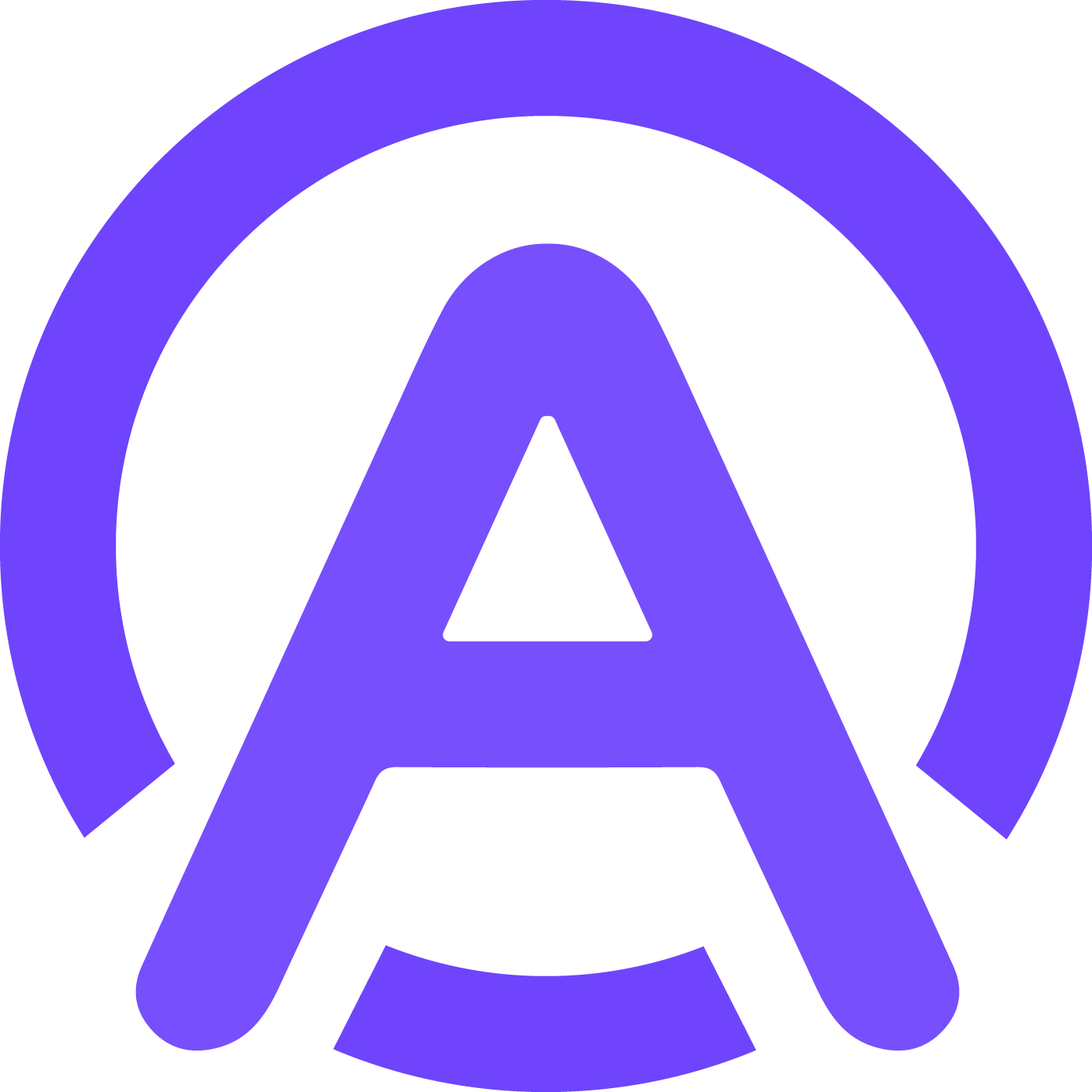How Do I Use VAPI for Better Results

If you're wondering, "How do I use VAPI?" it’s a powerful tool designed to simplify voice application development. VAPI enables you to build, test, and deploy voice AI agents in record time, with many developers reporting a reduction in development time from months to mere minutes. By focusing on your business logic instead of technical challenges, VAPI helps reduce complexity and streamline the process.
To get started, using a structured approach with VAPI can make things even more straightforward. Its single-rate pricing model ensures cost predictability, while its bundled features minimize operational hassles. This means you can spend less time configuring and more time connecting with your customers.
If you're exploring options for appointment scheduling, a VAPI alternative like Appointify AI might be a great fit. Appointify AI offers advanced automation and customization features, making it an excellent choice for efficiently managing appointments.
Key Takeaways
VAPI makes creating voice apps easier and faster. Spend time on your ideas, not on hard tech problems.
Start with clear steps. Make an account, set it up, and connect VAPI to tools like voice assistants or CRMs for smooth communication.
Adjust VAPI workflows to fit your needs. Improve settings to work better, like cutting wait times and using smart transcription tools.
Check how your app is doing. Use data to make changes that improve the experience and meet user needs.
Try other tools like Appointify AI for managing appointments. Pick what works best for you, whether it's voice apps or scheduling tools.
Step-by-Step Guide to Using VAPI
Step 1: Setting Up VAPI
Creating an account and logging in
Getting started with VAPI is simple. First, head to the VAPI website and create your account. Once you’ve signed up, log in to access your dashboard. This is where you’ll manage all your voice application projects. If you’re unsure about the process, VAPI provides helpful guides to walk you through it.
Configuring initial settings
After logging in, you’ll want to configure your initial settings. Start by setting up your API credentials. Generate your API key from your account settings and configure the necessary headers and endpoints. This step ensures that your voice applications can communicate seamlessly with VAPI’s backend. Don’t forget to test your connection by sending a simple request. It’s a quick way to confirm everything is working as expected.
Integrating VAPI with platforms like voice assistants or CRM tools
VAPI shines when integrated with other platforms. Whether you’re connecting it to voice assistants like Alexa or CRMs like Salesforce, the possibilities are endless. For example, integrating VAPI with your CRM can automatically update customer profiles after calls, saving you time and improving data accuracy. To make the process smoother, follow these best practices:
Start with a basic workflow and add complexity gradually.
Test frequently to ensure each part works as intended.
Document every component and its purpose for future reference.
Step 2: Customizing VAPI for Your Needs
Tailoring workflows to specific goals, such as voice application development
VAPI is incredibly versatile. You can customize workflows to meet your specific goals, whether it’s simulating natural conversations or enabling real-time actions during calls. For instance, you can design workflows that handle interruptions or retrieve data for custom actions. This flexibility makes VAPI a great choice for voice application development.
Optimizing settings for better performance, including single-prompt capabilities
To get the best results, optimize VAPI’s settings. Reduce response delays to zero for instant replies and choose efficient tools like Deepgram for transcription. If speed is a priority, select OpenAI’s GPT-3.5 model, which processes responses faster than GPT-4. These tweaks ensure your voice applications run smoothly and deliver a great user experience.
Step 3: Monitoring and Improving Results
Tracking performance metrics, such as user engagement and response accuracy
Once your application is live, monitoring its performance is crucial. Keep an eye on metrics like user engagement and response accuracy. These insights help you understand how well your application is performing and where improvements are needed.
Making adjustments based on data insights to enhance outcomes
Use the data you’ve gathered to fine-tune your application. For example, if users are experiencing delays, revisit your settings to optimize response times. Small adjustments can lead to significant improvements, ensuring your application meets user expectations.
Exploring Alternatives: Appointify AI and Others
What is Appointify AI?
Overview of Appointify AI's core features, such as appointment automation and customization
Appointify AI is a smart solution for businesses looking to simplify appointment scheduling. It automates the entire process, from booking to reminders, saving you time and reducing human error. Its customization options let you tailor workflows to match your business needs. Whether you’re managing a small team or a large enterprise, Appointify AI ensures seamless scheduling with minimal effort.
How Appointify AI compares to VAPI in terms of functionality and use cases
While VAPI focuses on voice application development, Appointify AI specializes in appointment management. If your goal is to streamline scheduling, Appointify AI might be the better choice. However, for building voice-driven applications, VAPI remains unmatched. Both tools excel in their respective areas, so your choice depends on your specific needs.
Key Differences Between VAPI and Appointify AI
Usability and user experience for voice applications vs. appointment management
VAPI caters to developers, offering a modular setup that requires some coding knowledge. In contrast, Appointify AI provides a no-code interface, making it accessible for non-technical users. If you’re comfortable with coding, VAPI gives you more control. But if you prefer simplicity, Appointify AI is easier to use.
Features and functionality tailored to different needs
Feature | VAPI | Appointify AI |
|---|---|---|
Primary Use Case | Voice application development | Appointment management |
Ease of Setup | Requires coding knowledge | No-code, user-friendly |
Integration Options | Basic API options | Advanced CRM and calendar |
Scalability | Moderate | High; handles large volumes |
Pricing and affordability for businesses of various sizes
Both tools offer competitive pricing, but their models differ. VAPI charges $0.05 per minute as a base cost, with additional fees for advanced features. Appointify AI, on the other hand, provides an all-inclusive rate of $0.13 per minute. If you’re looking for cost predictability, Appointify AI’s pricing might suit you better.
Other Alternatives to Consider
Brilo AI: Known for advanced features and seamless integrations
Brilo AI stands out with its human-like AI agents and real-time analytics. It supports over 6,000 applications, making integration a breeze. Businesses benefit from features like intent recognition and 24/7 availability, ensuring uninterrupted support. If you need natural conversations and robust analytics, Brilo AI is a strong contender.
NewOaks AI: Offers a budget-friendly pricing model for scalable solutions
NewOaks AI is perfect for businesses seeking affordability without compromising quality. It automates repetitive tasks, saving time and boosting efficiency. Free trials let you explore its features before committing. Plus, its scalable options grow with your business, making it a long-term solution. Many companies report improved customer satisfaction and better lead conversion rates after adopting NewOaks AI.
Choosing the Right Tool for Your Needs

Assessing Your Goals and Requirements
Identifying your specific needs, such as voice application development or appointment scheduling
Before choosing a tool, think about what you need most. Are you focused on building voice applications, or do you want to streamline appointment scheduling? For example, if your goal is to create AI-powered voice agents, VAPI is a great choice. On the other hand, if managing appointments is your priority, a VAPI alternative like Appointify AI might be a better fit. Knowing your main objective will help you narrow down your options.
Matching features to your goals, like automation or customization
Once you’ve identified your needs, match the tool’s features to your goals. If automation is key, look for platforms that handle repetitive tasks efficiently. For customization, choose tools that let you tailor workflows to your business. Here’s a quick comparison of common user goals:
User Goal | Description |
|---|---|
Enhanced Usability | Users prefer no-code platforms with intuitive interfaces and customizable templates. |
High-quality AI phone agents | Users seek platforms that offer seamless integration, customization, and ease of use. |
Transparent & Low Pricing | Cost-efficiency is crucial; users will avoid expensive options regardless of features. |
This table can guide you in aligning your goals with the right tool.
Comparing Tools Based on Key Factors
Ease of use and learning curve for beginners
Ease of use can make or break your experience. If you’re new to these tools, a no-code platform like Appointify AI might feel more approachable. It’s designed for simplicity, so you can get started without technical expertise. VAPI, however, offers more control but requires some coding knowledge. Think about your comfort level with technology before deciding.
Cost-effectiveness and return on investment (ROI)
Budget matters, especially for small businesses. Compare pricing models and consider the value you’ll get in return. For instance, VAPI’s pay-as-you-go model works well if you want flexibility. Appointify AI, with its all-inclusive pricing, offers predictability. Choose the option that fits your budget while delivering the features you need.
Making a Decision
Testing tools with free trials to evaluate their suitability
Most platforms offer free trials, so take advantage of them. Use this time to explore the features and see how well the tool fits your workflow. For example, test VAPI’s voice application capabilities or Appointify AI’s scheduling automation. This hands-on experience will give you a clearer picture of what works best.
Gathering feedback from your team to make an informed choice
Don’t make the decision alone. Share your findings with your team and gather their input. They might notice things you missed or have specific needs that influence the choice. A collaborative approach ensures the tool you pick benefits everyone.
VAPI is a fantastic tool for building voice applications when you use it effectively. Start simple by creating basic workflows, testing frequently, and documenting every step. This approach ensures smooth integration and reliable performance. Don’t forget to configure your API settings and test connections early to avoid hiccups later.
If your needs lean toward appointment management or customer engagement, alternatives like Appointify AI, Brilo AI, and NewOaks AI offer great options. For example, NewOaks AI simplifies navigation with its intuitive interface and automates repetitive tasks, freeing up your time for strategic growth. It also scales effortlessly as your business grows, ensuring consistent performance.
Take advantage of free trials to explore these tools. Whether you choose VAPI or an alternative, the right solution will align with your goals and help you achieve better results.
FAQ
What makes VAPI different from other voice application tools?
VAPI stands out because it simplifies voice app development. It reduces coding complexity and offers seamless integration with platforms like Alexa or CRMs. Its pay-as-you-go pricing ensures flexibility, making it ideal for businesses of all sizes.
Can I use VAPI without technical expertise?
You’ll need some basic coding knowledge to use VAPI effectively. If coding isn’t your strength, consider alternatives like Appointify AI, which offers a no-code interface. It’s perfect for users who want simplicity without sacrificing functionality.
How do I know if VAPI is right for my business?
Ask yourself what your primary goal is. If you’re building voice applications, VAPI is a great choice. For appointment scheduling or task automation, tools like Appointify AI or NewOaks AI might suit you better. Free trials can help you decide.
Does VAPI support real-time analytics?
Yes, VAPI provides real-time analytics to track performance metrics like user engagement and response accuracy. These insights help you identify areas for improvement and optimize your workflows for better results.
Are there any hidden costs with VAPI?
No, VAPI uses a transparent pricing model. You pay $0.05 per minute as a base cost, with optional fees for advanced features. This ensures you only pay for what you use, keeping costs predictable.
See Also
Leveraging Vapi AI for Effective Outbound Calling Strategies
Harnessing the Power of Live Chat Platforms for Success
Transforming Daily Communications with AI Voice Widgets
Transform Appointment Booking with AI Chat Voice Technology
Enhance Voice Scheduling Using Custom ChatGPT and Appointify

